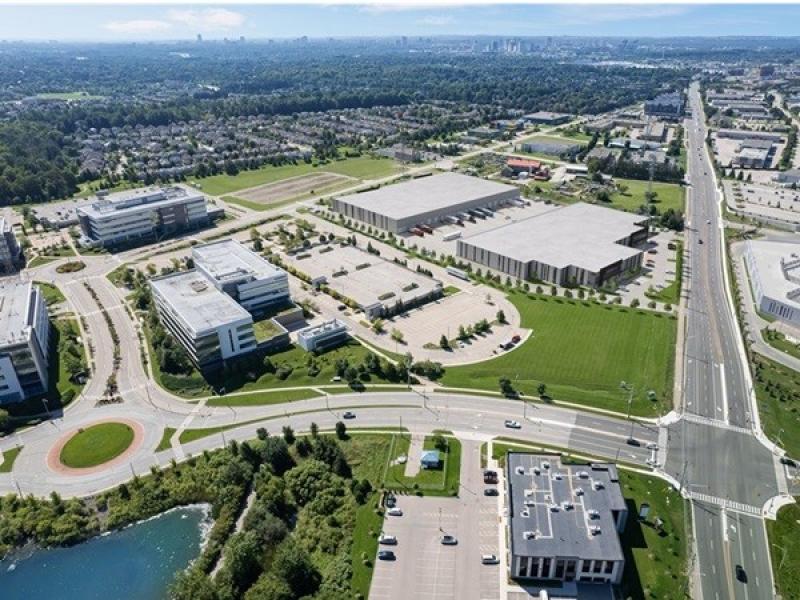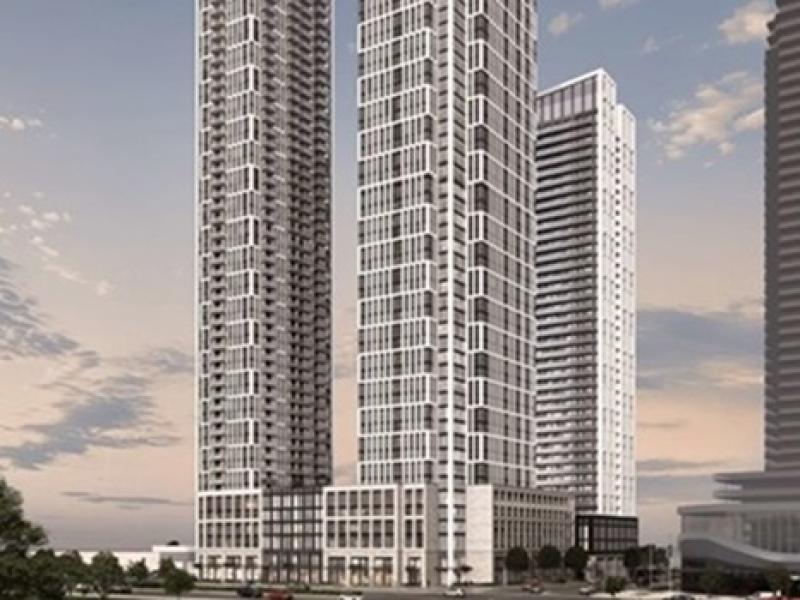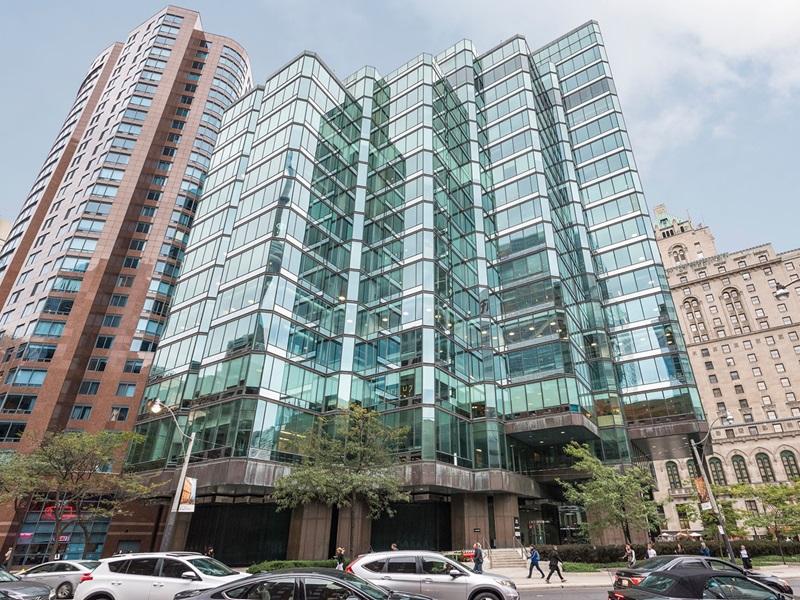
A 28-storey tower near Montreal that is touted as Canada’s first multifamily building with both LEED Silver and Zero-Carbon Building certifications will soon be on the market.
Symbio, a 219-unit building at 1475 Yves Blais St. in the Lachenaie area of Terrebonne, about 29 kilometres northeast of Montreal, was completed last year at a cost of $80 million by Développement FTG. It is now 85 per cent leased.
Brokerage Avison Young plans to put the building on the market in the coming weeks.
FTG “wanted to build a multifamily building that went beyond what is being done in that space,' says Etienne Chabot, a partner at Développement FTG. “The goal was to prove we can do an ambitious building and make it a standard pro forma.”
The building is located near highways 40 and 640 about 400 metres from the Pierre Le Gardeur Hospital. It’s also close to a primary school and the future site of the Université du Québec à Trois Rivières’ Terrebonne satellite campus
FTG also owns seniors facilities
Symbio was built on land next to Maison étincelle, an FTG-owned, 140-unit seniors’ long-term-care residence that specializes in providing specialized care to seniors with memory disorders, including Alzheimer’s disease. It was completed in 2020.
FTG also built and owns a 150-unit Maison étincelle at 3501 Ethel St. in the Montreal borough of Verdun.
There are no plans to sell the Maison étincelle seniors’ developments, Chabot says.
A 28-storey multiresidential building like Symbio is a rarity in Quebec, says Mark Sinnett, executive vice-president and head of the Quebec Capital Market team at Avison Young.
“We rarely see buildings today built to that height. Generally, you’ll see 22-storeys, 19-storeys, a lot of 12- and 16-storeys.”
Symbio's sustainability features
He adds that having the net zero carbon and LEED certifications “not only makes it stand out today but future-proofs the building.”
Chabot says one of the qualities that makes the building stand out is its balconies - which are not directly attached to the units. “People that live in concrete buildings know that next to the patio door it’s cold on the floor.”
Sinnett notes when he was near a building window on an extremely cold winter day, “you don’t feel any cold.”
In addition, the HVAC system has a more expensive central pumping system that differs from those in standard buildings.
“In apartment buildings built today, split AC only works if you keep the doors open,” Sinnett says. “Here, with the certifications, they had to go full central which typically we see only in higher-end and luxury condos.”
Chabot adds natural lighting was optimized in the building, as there are only eight units per floor, and four (50 per cent) are corner units.
Building attracts mixed group of tenants
Rents average about $2,200 for a two-bedroom apartment with utility costs included. Amenities include an indoor pool, fitness centre, rooftop terrace and co-working spaces.
About 45 per cent of the units are two-bedrooms, 10 per cent are three-bedrooms and the remainder are one-bedrooms or studios.
Former homeowners make up about 40 per cent of tenants, and there is a healthy mix of young couples and families. Many of the tenants work at the hospital nearby and a neighbourhood Costco.
Sinnett, who notes Terrebonne is one of the fastest-growing areas in the Greater Montreal region, expects the building to be fully leased by July.
He believes the property will garner the most interest from institutional investors that want to future-proof their portfolios and make them younger and more sustainable. Pension funds and REITs “want buildings with these types of certifications and operating profiles.”
“This fits the profile of what investors we’re hearing from are looking for - something that’s stabilized, cash flowing, safe and secure.”
Given the market’s current uncertainty, it fits to have multifamily assets in a portfolio, as they are defensive by nature, he adds.
What apartment building investors are seeking
In the Montreal-area market, Sinnett has been seeing a flight to quality and safety since the beginning of the year.
“There’s still liquidity, equity and debt in the market, but investors have changed their profile of investment to shift toward something that is stabilized, with a long-term revenue profile.”
Meanwhile, FTG plans to develop a 400-unit multifamily project in Mont St-Hilaire, which Sinnett describes as one of the most sought-after bedroom communities on the South Shore. The development, now at the permitting stage, would comprise several four- to six-storey buildings.
FTG plans another 400-unit multifamily development alongside the Lachine Canal in Montreal’s southwest borough, near the Atwater Market.
If all goes well, Chabot says, construction of both could start in about a year.










